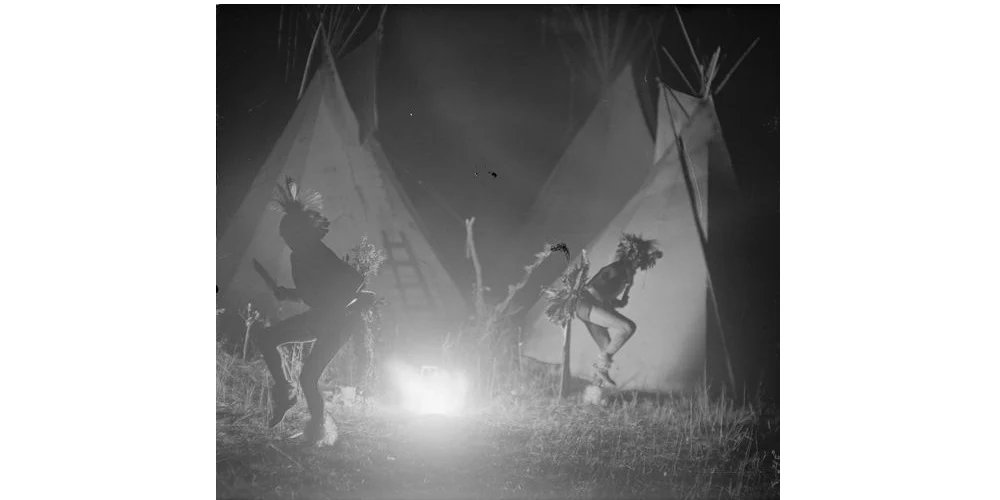
New Year: a time for saying goodbye to the old, welcoming the new, and setting positive intentions.
For most of us, December 31st and January 1st bring the close of one year and the beginning of the next. Many others throughout the world, however, observe the year and its landmark moments differently. This traditionally includes many Native American people.
While there is no doubt that modern Native Americans observe New Year with the rest of us on December 31st and January 1st, many tribes in the USA’s southwest and further afield also have their traditions.
Native American Holidays celebrate Nature, Ancestors, and the Spiritual World – from the Sun to Rain to Crops – and a lot of these Holidays last for a week or longer.
For many North American Native cultures, the New Year arrives in late January or early February. The timing of this is dictated by lunar phases and the constellations. Others observe winter solstice as the New Year with the emergence of Nature from hibernation.
For many tribes, the New Year is very much based on healing, prayer, and gratitude for the return of sacred foods and a celebration of the renewal of life. The tribal celebration of food (especially the sacred salmon, deer, and bitter roots for some tribes) also offers a unique connection to the ancestors.
Hopi & Zuni
The Hopi and Zuni Pueblo Peoples traditionally celebrate the New Year on the winter solstice. They observe this by having the Soyal Ceremony which symbolizes the Dawn of Life during the second phase of Creation. The purpose of this ceremony, which lasts for up to nine days, is to welcome and return the sun towards summer for the coming year. With prayers, lessons, and rituals, the conclusion of this period is marked by a great feast.
Navajo
The Navajo or Diné traditionally observe New Year at the New Moon in October (or the month of Ghąąji) as a time for reflection, change, and visualization of new goals. Ghąąji translates as “the joining of the seasons” where the golden yellows of summer and the snowy whites of winter meet, and is traditionally the time of harvest, gathering, hunting, and preparation for the harsh winter ahead. Games, stories, chanting, lessons, and ceremonies mark this time to rest, reflect, renew, and pray.
Tewa
The Tewa-speaking Pueblo People of New Mexico used dance to mark the latter part of the year in anticipation of the incoming year. They performed the Deer Dance (representing the masculine and the feminine) in October and the Buffalo Dance (representing healing) in November. This was followed by the most public religious ceremony of the Tewa calendar, the Turtle Dance, which was performed at the winter solstice and the first day of the New Year on December 22.
Umatilla
The Umatilla tribes in eastern Oregon celebrate the New Year just before the winter solstice; this is a time to celebrate the return of salmon, deer, bitter roots, and other sacred foods as the hours of sunlight return. They share meals, wisdom, prayer, dance, and drumming.
Iroquois
The Iroquois of the Northeast USA celebrate the Midwinter Ceremony over nine days. This occurs in January or February, depending on the lunar cycle, and rituals include a Dream Sharing Ritual, the Great Feather Dance, the Bear Dance, Stirring of Ashes, thanksgiving, and Tobacco Invocation, and purification.
From all of us at Indian Traders, we wish you the very best in Blessings for Health, Happiness, and Prosperity now and in the New Year.
